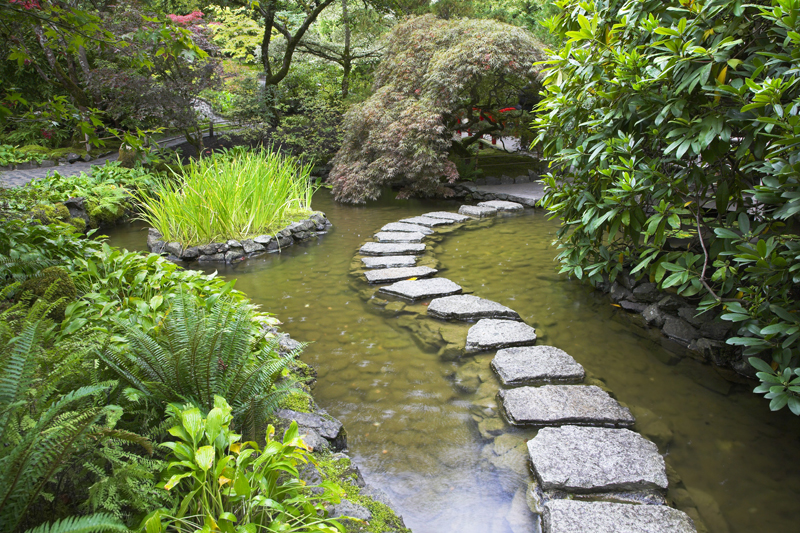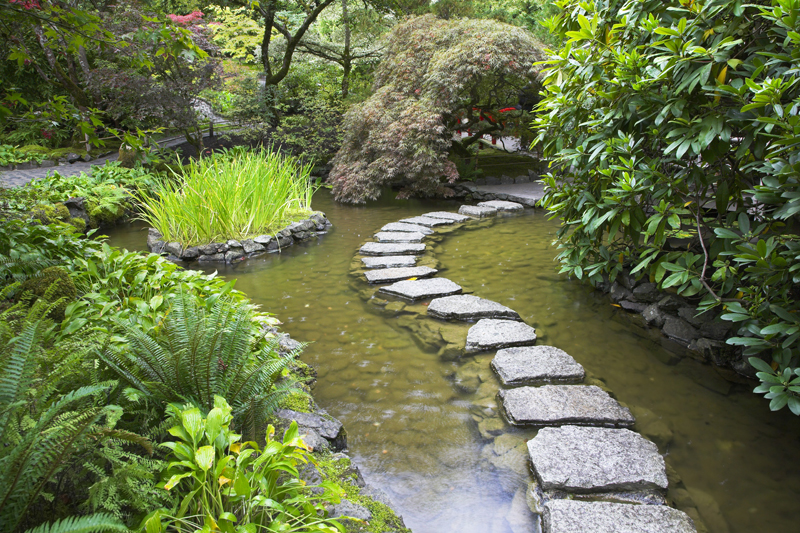Osage Orange

Osage orange is also called bois D’ arc. This native tree is very popular in the South. The tree is native as far south as Texas, Oklahoma, and Arkansas.
The plant is hardy in zones 5 through 9. This is widely grown in the Middle and Lower South. The long lived, fast growing tree can withstand wind, which is why it is often used as a windbreak.
Description of Osage Orange
Osage orange is vase shaped tree with a rounded, open, spreading crown. It has a dense canopy. The lower branches tend to droop as the tree ages.
When mature, Osage orange can be 60 feet or so in height with a spread of 40 feet. However, this plant is often smaller, and only 35 to 45 feet tall with a spread of 20 to 40 feet.
The limbs are resistant to breaking. This plant can be trained to have a single or multiple trunks. The rounded, pointed leaves are five inches long.
Osage orange can have thorns on both the trunk and branches. However, mature trees tend to be less thorny than younger ones. Thornless cultivars of this tree are available.
One downside to the fruits is that they create litter on lawns. However, this can be avoided by growing non-fruiting varieties. Wichita and White Shield Osage orange are two such varieties. Wichita is a spreading, upright tree. White Shield Osage orange can grow up to five feet per year. It has very attractive, shiny foliage.
Osage orange fruits are unique and unusual. Sometimes, these are called hedge
apples. Some people use them as Christmas decorations or display them in the home in late summer and fall. Certain sources say these fruits repel insects.
The fruits are about four inches wide. These ripen in the fall to a greenish-yellow. Osage orange fruits have a bumpy, orange-like surface.
Bear in mind that the tree will only bear fruits if both a male and a female tree are rowing in the vicinity.
Growing Osage Orange
This tree does best in full sun. It prefers a well drained soil. There are good reasons for choosing an Osage orange tree. It is a tough plant that can withstand adverse conditions.
The plant is tolerant of ice storms, wind, cold, heat, poor soils, dry soils, drought, and vandalism. This tree is resistant to pests and has some salt tolerance.
This is recommended for both urban and suburban locations. If allowed to do so, the tree can form thickets. It can also be used for hedges and formal screens.
Normally, this tree requires very little water once it is established. The wood is very strong and doesn’t rot easily. The tree adapts to all soil types.
It is suitable for dry, wet, rich, and infertile soils.
Farmers and ranchers have used this plant as a living fence by spacing
the trees close together. Avoid planting Osage orange near pavement or buildings because the roots can cause damage.
This tree transplants well. It can be grown from cuttings and seeds.
The plant is hardy in zones 5 through 9. This is widely grown in the Middle and Lower South. The long lived, fast growing tree can withstand wind, which is why it is often used as a windbreak.
Description of Osage Orange
Osage orange is vase shaped tree with a rounded, open, spreading crown. It has a dense canopy. The lower branches tend to droop as the tree ages.
When mature, Osage orange can be 60 feet or so in height with a spread of 40 feet. However, this plant is often smaller, and only 35 to 45 feet tall with a spread of 20 to 40 feet.
The limbs are resistant to breaking. This plant can be trained to have a single or multiple trunks. The rounded, pointed leaves are five inches long.
Osage orange can have thorns on both the trunk and branches. However, mature trees tend to be less thorny than younger ones. Thornless cultivars of this tree are available.
One downside to the fruits is that they create litter on lawns. However, this can be avoided by growing non-fruiting varieties. Wichita and White Shield Osage orange are two such varieties. Wichita is a spreading, upright tree. White Shield Osage orange can grow up to five feet per year. It has very attractive, shiny foliage.
Osage orange fruits are unique and unusual. Sometimes, these are called hedge
apples. Some people use them as Christmas decorations or display them in the home in late summer and fall. Certain sources say these fruits repel insects.
The fruits are about four inches wide. These ripen in the fall to a greenish-yellow. Osage orange fruits have a bumpy, orange-like surface.
Bear in mind that the tree will only bear fruits if both a male and a female tree are rowing in the vicinity.
Growing Osage Orange
This tree does best in full sun. It prefers a well drained soil. There are good reasons for choosing an Osage orange tree. It is a tough plant that can withstand adverse conditions.
The plant is tolerant of ice storms, wind, cold, heat, poor soils, dry soils, drought, and vandalism. This tree is resistant to pests and has some salt tolerance.
This is recommended for both urban and suburban locations. If allowed to do so, the tree can form thickets. It can also be used for hedges and formal screens.
Normally, this tree requires very little water once it is established. The wood is very strong and doesn’t rot easily. The tree adapts to all soil types.
It is suitable for dry, wet, rich, and infertile soils.
Farmers and ranchers have used this plant as a living fence by spacing
the trees close together. Avoid planting Osage orange near pavement or buildings because the roots can cause damage.
This tree transplants well. It can be grown from cuttings and seeds.

Related Articles
Editor's Picks Articles
Top Ten Articles
Previous Features
Site Map
Content copyright © 2023 by Connie Krochmal. All rights reserved.
This content was written by Connie Krochmal. If you wish to use this content in any manner, you need written permission. Contact Connie Krochmal for details.



